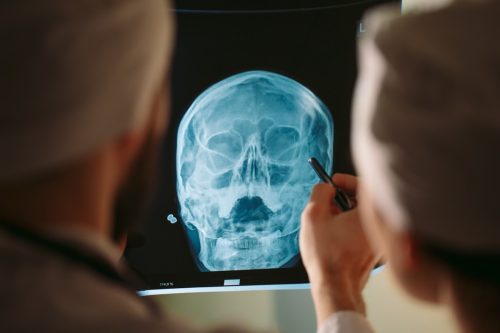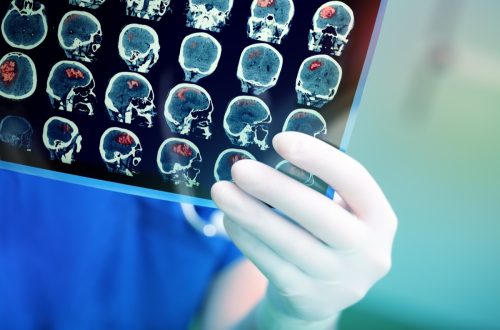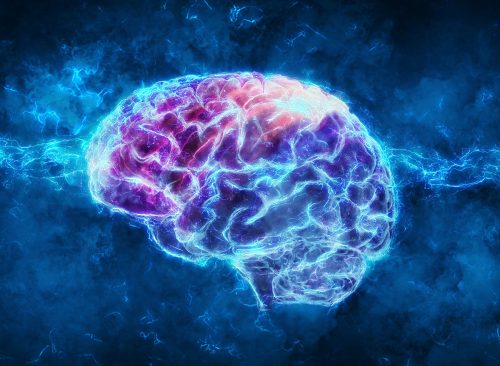What Happens Seconds Before You Die: “Light at the End of the Tunnel” Phenomenon Explained in New Scientific Discovery
Scientists say it could be brain's "last hurrah."

Some people who’ve had a near-death experience report seeing a bright light, seemingly at the end of a tunnel, or the faces of loved ones. Scientists say these may be hallucinations caused by a sudden surge of energy in the brain, similar to a stroke.
In a new study, researchers at the University of Michigan report that just before death, gamma wave activity increases in a part of the brain responsible for consciousness, dreaming, and hallucinations.
This, they say, could explain those visions of bright light or late family members in a place beyond the mortal sphere. Read on to find out more about what the study and previous research found.
1
What the Study Found

In the study, published Monday in the journal PNAS, researchers observed four patients who died after experiencing cardiac arrest. Each was hooked up to an electroencephalogram (EEG), a device that measures electrical activity in the brain. Those four patients were comatose and considered to be beyond medical help.
With their families’ permission, they were removed from life support. When the ventilator providing their bodies with oxygen was removed, two of the patients showed an increase in heart rate and a surge of gamma waves.
2
Brain’s “Last Hurrah”?

“A lot of people thought that the brain after clinical death was inactive or hypoactive, with less activity than the waking state, and we show that is definitely not the case,” said the study’s lead author, Dr. Jimo Borjigin of the University of Michigan.
“If anything, it is much more active during the dying process than even the waking state.” Dr. Jason Braithwaite of the University of Birmingham told BBC News that the phenomenon might be considered the brain’s “last hurrah.” “This is a very neat demonstration of an idea that’s been around for a long time: that under certain unfamiliar and confusing circumstances—like near-death—the brain becomes overstimulated and hyperexcited,” he said.
3
Animal Study Found Similar Effect

The study follows an animal study conducted at the University of Michigan about a decade before. In that study, scientists monitored nine rats as they were dying. In the 30-second period after the rodents’ hearts stopped beating, the researchers saw a spike in high-frequency brainwaves called gamma oscillations, BBC News reported.
These pulses are believed to be part of human consciousness, helping link up information from different parts of the brain. Borjigin said it was feasible that the same thing would happen in the human brain, and that an elevated level of brain activity and consciousness could produce commonly reported near-death visions.
4
Scientists Caution Against Broad Conclusions

“How vivid experience can emerge from a dysfunctional brain during the process of dying is a neuroscientific paradox,” said Dr. George Mashour, a co-author of the study and founding director of the Michigan Center for Consciousness Science. “Dr. Borjigin has led an important study that helps shed light on the underlying neurophysiologic mechanisms.”
However, the researchers behind the new study warn against making any sweeping conclusions: The study’s sample size was small, and the other two patients in the study didn’t experience an increased heart rate or more brain activity.
5
“Exciting” Findings

The scientists also noted it’s impossible to know what the patients experienced because they were unable to report it firsthand. “We are unable to make correlations of the observed neural signatures of consciousness with a corresponding experience in the same patients in this study,” said Borjigin.
“However, the observed findings are definitely exciting and provide a new framework for our understanding of covert consciousness in the dying humans.” The scientists said more research was necessary and called for larger studies to explore gamma waves’ effect on the dying brain.














